
The intricate tapestry of Earth’s landscapes is shaped by a myriad of geological and environmental factors, among which Slope, Altitude, and Relief (SAR) play pivotal roles. SAR collectively constitutes a triad of interrelated elements that influence the development and character of landscapes across the globe. Slope, representing the inclination of terrain, dictates the flow and deposition of various agents like water and wind, while Altitude introduces a vertical dimension, impacting temperature, precipitation, and vegetation patterns. Relief, encompassing the variation in elevation within a given area, further amplifies the complexity of landscape development, as it influences erosion, sedimentation, and overall topographical diversity. To comprehend the dynamic interplay of SAR is to unravel the intricate story of how natural forces sculpt and mold the Earth’s surface, forging the breathtaking diversity of landscapes that define our planet.
Answer
Landscape Can be defined as the visible features of an area of land. It consists of geographic features that mark or are characteristics of a particular area. Slope, Altitude, and relief ( SAR ) are important factors in landscape development, influencing the characteristics of a particular area.
Influence of slope steepness on landscape development
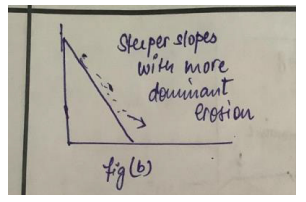
Slope, inclinations, or steepness of land’s surface, an important role in shaping landscapes by impacting the rate of erosion and deposition.
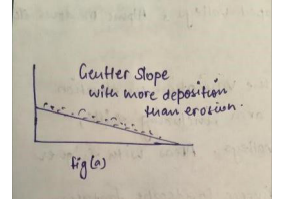
- Steeper slopes -more rapid erosion, formations of rugged terrain and valleys.
- Gentle slopes-deposition of sediments, landform of deposition for eg . Deltas,fertile plains,alluvial fans etc.
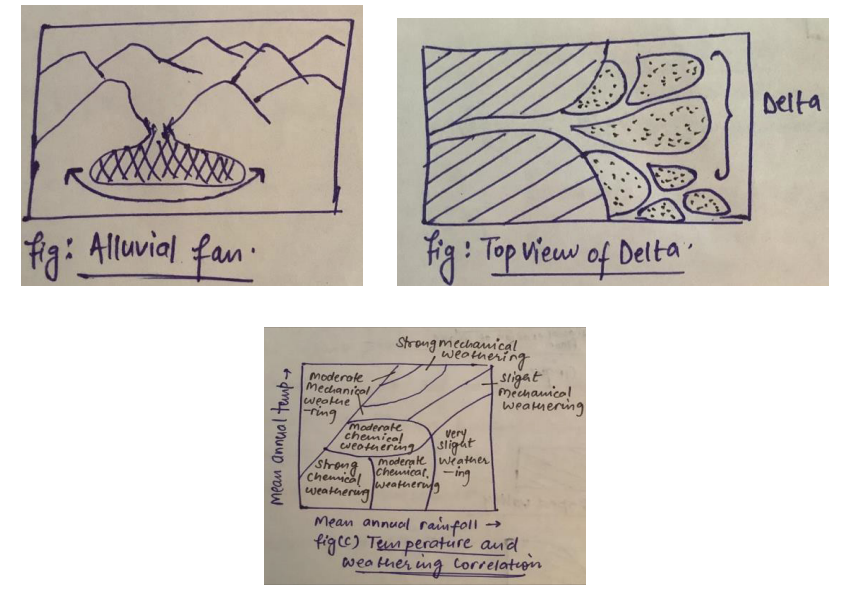
Impact of Altitude on Landscape Formation
Altitude, the elevation of an area above sea level, impact on the climate and Vegetation, determines the nature and rate of weathering.
- Higher altitudes, lower temperatures physical weathering dominate, and different landform develop eg. Cirques, V-shaped valleys, Alpine Meadows etc.
- lower altitudes, higher temperature chemical weathering dominant, formation of different landforms eg. Exfoliation domes, caves, and Karst landscape.
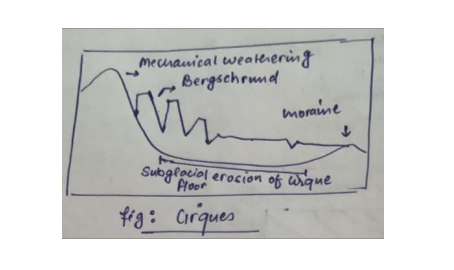

Impact of Relief on Landscape Formation
- Relief, variation in elevation
- Areas with higher relief, diverse landscape features, For eg. Cirques, Aretes,patterned ground,Pingos, etc
- Low relief, flatter landscapes, and more friendly toward humans in terms of agriculture and human settlement.
Role of Slope, Altitude, and Relief (SAR) in Landscape Development Models
Both W.M.Davis and A.Penck talks about how dynamic interaction among SAR influence the landscape development
- W.M.Davis
- Youth stage-steeper slopes,high relief,altitude vary within the landscape
- Mature stage-less steep slopes as erosion dominates,moderate relief,altitude continue to vary
- Old stage-gentle slopes,low relief,uniform and subdued altitude

- A.Penck
- Aufsteigende Entwicklung(Waxing phase)-steeper slopes due to continuous valley deepening, high relief, high altitude
- Gleichformige entwickelung(Uniform rate of development)
- Absteigende entwickelung(Waning phase)-slopes turn gentler,low relief,low altitude
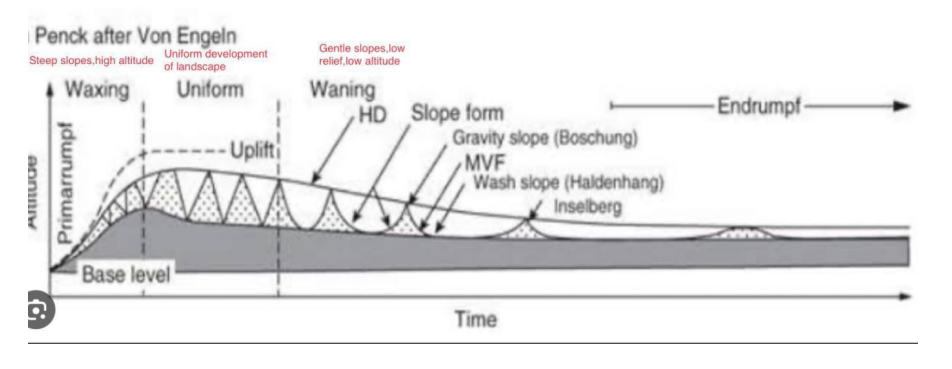
Thus slope, Altitude, and Relief (SAR) together interact with each other to give rise to different land forms which shape the unique features and overall appearance of the landscape.
In case you still have your doubts, contact us on 9811333901.
For UPSC Prelims Resources, Click here
For Daily Updates and Study Material:
Join our Telegram Channel – Edukemy for IAS
- 1. Learn through Videos – here
- 2. Be Exam Ready by Practicing Daily MCQs – here
- 3. Daily Newsletter – Get all your Current Affairs Covered – here
- 4. Mains Answer Writing Practice – here

